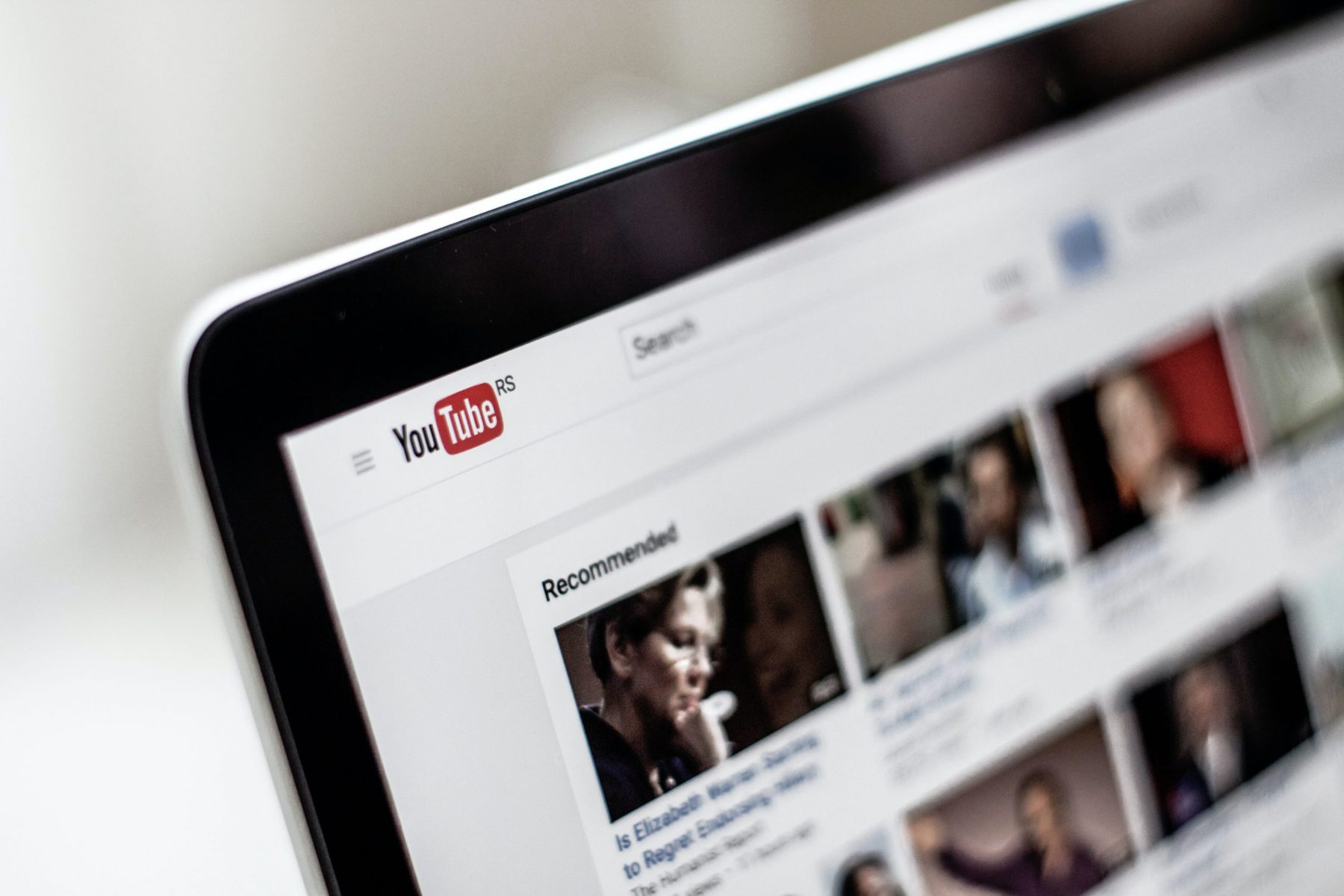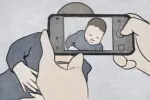On Sept. 28, YouTube will get rid of community captions, a feature that allows audiences to add captions to videos from content creators.
The decision was announced on July 30 via a Google Support Forum. In the post, YouTube executives explained the decision: “Both creators and viewers have reported problems with the community contributions feature, including spam, abuse, and low quality submissions. As a result, the feature is rarely used with less than 0.001% of channels having published community captions (showing on less than 0.2% of watch time) in the last month.”
Last August, YouTuber JT made a video discussing the abuse of the community captions feature titled “the Translators hate me….”
In his video, he said, “I found something on Pewdiepie’s translations where people were using it to self promote. It wasn’t just one video, it was loads of videos, because anybody can translate your video.” The YouTuber continued, “I’m not sure what can be done, maybe Pewdiepie and Jacksepticeye can approve [translations] before they make their videos available. But people at this stage are abusing the system.”
In response to JT’s video, viewers used the translation tool to call him out in different languages in the titles and captions of gaming YouTuber’s videos.
YouTube’s response to the abuse of the caption feature has been to completely get rid of it, a decision that has been met with swift backlash.
Members of the deaf or hard of hearing community have banded together to urge YouTube to rethink their decision. Deaf and hard of hearing viewers rely on community captions to watch videos they normally would not be able to.
Having captions added to media has been a long-fought battle for many deaf and hard of hearing individuals. It was not until 1990 that television programming was required to have closed captions under the Television Decoder Circuitry Act. And in the age of new media and internet videos on Facebook, YouTube and other sites, deaf activists have renewed their fight for accessibility once again.
Crowdsourced captions, like those of the community captions feature, are one of the many ways that deaf and hard of hearing people have pushed for and advocated for change. YouTube’s decision is a step backward.
Activists have called the move a prime example of ableism. According to the Center for Disability Rights, ableism is “a set of beliefs or practices that devalue and discriminate against people with physical, intellectual, or psychiatric disabilities and often rests on the assumption that disabled people need to be ‘fixed’ in one form or the other.”
Ableism is so deeply rooted into cultures that accessibility is rarely on the agenda. Features like captions are treated as privileges instead of necessities because the world caters to non-disabled people. Decisions like the one to remove community captions will harm hard of hearing people the most; however, these decisions are made without the affected individuals at the table and without them in mind.
Deaf YouTuber Rikky Poynter said in a tweet on July 30, “I told [YouTube] for a full freakin’ hour why we need community contribution. Not just for deaf people so more channels will have captions, but for disabled creators who can’t manually do them or have the income to pay for them: which is most of us. They do not care about us.”
Deaf and hard of hearing individuals are not the only people who benefit from community captions. Many content creators use community captions to make their videos accessible in different languages and rely on their fans to translate their videos for them.
Phil Lester, a YouTuber known for being one half of the YouTube duo Dan and Phil, said in a tweet that he relies on community captions to make his videos available in over 15 languages. Users all over the world use community captions to learn more about different cultures, watch YouTubers they otherwise would not be able to and even learn new languages.
On July 31, an unlisted video was uploaded onto Creator Insider, a channel made by the YouTube Creator technical team to share information with users. In the video, YouTube product managers responded to the backlash.
The feature’s product manager, James Dillard, said, “This does not change how captions work for viewers on YouTube, they continue to be there …. It only affects the community collaboration piece which allows anyone on the internet to create captions for a given channel.”
The community captions feature is being replaced by a subscription based captioning service called Amara. However, while the community captions system is free, Amara is not. By removing the community captions feature, YouTube is making its content less accessible. Not all YouTubers will subscribe to the Amara system, meaning even fewer videos will have captions.
In the video, Dillard emphasized that YouTube will not be making money from the Amara system and that the move will only be an effort to make captions more accurate. He also stated that creators will still have the ability to add their own captions or use the auto captioning feature.
However, despite still being available, anyone who has used the auto captioning feature will know it is far from accurate.
In response to the backlash they are facing for the decision, YouTube stated that it will give a six month free subscription of Amara to any YouTuber who has used community captions on at least three videos in the past two months.
Deaf activists have rallied together to fight against YouTube’s decision. A Change.org petition created in protest of the move has around 442,000 signatures as of August 8. Aside from filling out petitions, deaf activists are urging people to leave YouTube reviews expressing disdain with the platform’s decision.
While content creators can agree that the community captions feature is not perfect, they provide viewers and creators alike with an accessible way to have captions. Instead of getting rid of the feature all together, users believe that YouTube should work on improving the existing feature.
The decision to get rid of a feature that has allowed so many people to enjoy content they otherwise couldn’t is a prime example of privilege and ableism, as it disregards the needs of people with disabilities. The platform should work on improving the captioning system to increase accessibility, not make captioning more difficult.
Accessibility shouldn’t be an afterthought. And until YouTube’s executives can ensure that captioning will be made more widely available by the change and not less, the outrage will rightfully continue.

















